Abarth 500 595 695 vs Toyota Proace Bus – Differences & prices compared
Both models have their strengths – but which one suits you more?
Compare performance, efficiency, price and space directly: Abarth 500 595 695 or Toyota Proace Bus?
Costs and Efficiency:
Looking at overall running costs, both models reveal some interesting differences in everyday economy.
Toyota Proace Bus has a slight advantage in terms of price – it starts at 31600 £, while the Abarth 500 595 695 costs 32600 £. That’s a price difference of around 998 £.
In terms of energy consumption, the advantage goes to the Abarth 500 595 695: with 17.10 kWh per 100 km, it’s decisively more efficient than the Toyota Proace Bus with 24.20 kWh. That’s a difference of about 7.10 kWh.
As for range, the Toyota Proace Bus performs evident better – achieving up to 343 km, about 78 km more than the Abarth 500 595 695.
Engine and Performance:
Power, torque and acceleration say a lot about how a car feels on the road. This is where you see which model delivers more driving dynamics.
When it comes to engine power, the Toyota Proace Bus has a somewhat edge – offering 177 HP compared to 155 HP. That’s roughly 22 HP more horsepower.
In acceleration from 0 to 100 km/h, the Abarth 500 595 695 is decisively quicker – completing the sprint in 7 s, while the Toyota Proace Bus takes 13.30 s. That’s about 6.30 s faster.
In terms of top speed, the Toyota Proace Bus performs slight better – reaching 170 km/h, while the Abarth 500 595 695 tops out at 155 km/h. The difference is around 15 km/h.
There’s also a difference in torque: Toyota Proace Bus pulls convincingly stronger with 400 Nm compared to 235 Nm. That’s about 165 Nm difference.
Space and Everyday Use:
Beyond pure performance, interior space and usability matter most in daily life. This is where you see which car is more practical and versatile.
Seats: Toyota Proace Bus offers convincingly more seating capacity – 9 vs 4.
In curb weight, Abarth 500 595 695 is noticeable lighter – 1410 kg compared to 1835 kg. The difference is around 425 kg.
In terms of boot space, the Abarth 500 595 695 offers significantly more room – 185 L compared to 0 L. That’s a difference of about 185 L.
When it comes to payload, Toyota Proace Bus decisively takes the win – 1265 kg compared to 385 kg. That’s a difference of about 880 kg.
Who wins the race?
The Abarth 500 595 695 proves to be edges ahead and therefore becomes our DriveDuel Champion!
Abarth 500 595 695 is the better all-rounder in this comparison.
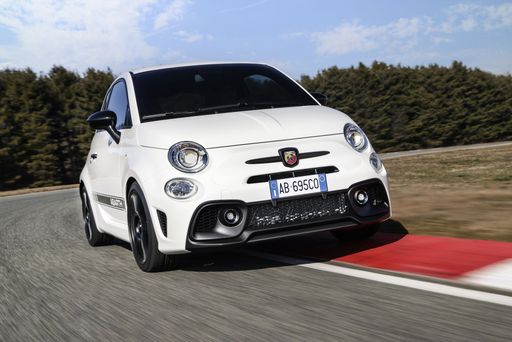 @ Abarth / Stellantis Media
@ Abarth / Stellantis Media
Abarth 500 595 695
Abarth 500 595 695
The Abarth 500, particularly in its 595 and 695 renditions, captures the spirit of Italian motoring with its compact yet aggressive design. Known for its lively performance and distinctive styling, this little powerhouse is a joy to drive, offering an engaging experience that appeals to enthusiasts. With its rich motorsport heritage, the Abarth 500 embodies the essence of fun and excitement on both the streets and the race track.
details @ Abarth / Stellantis Media
@ Abarth / Stellantis Media
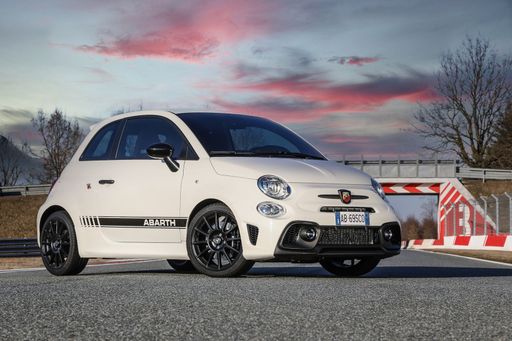 @ Abarth / Stellantis Media
@ Abarth / Stellantis Media
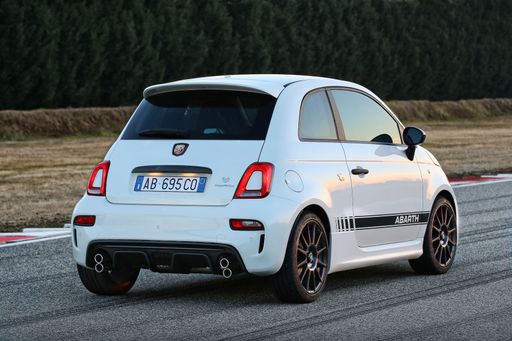 @ Abarth / Stellantis Media
@ Abarth / Stellantis Media
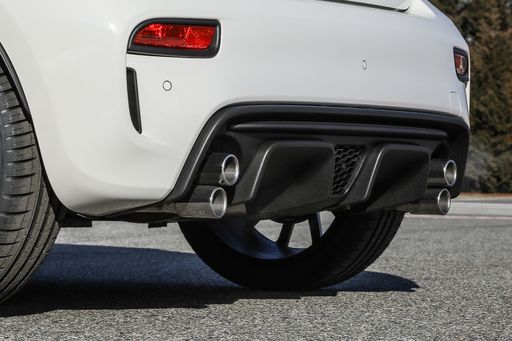 @ Abarth / Stellantis Media
@ Abarth / Stellantis Media
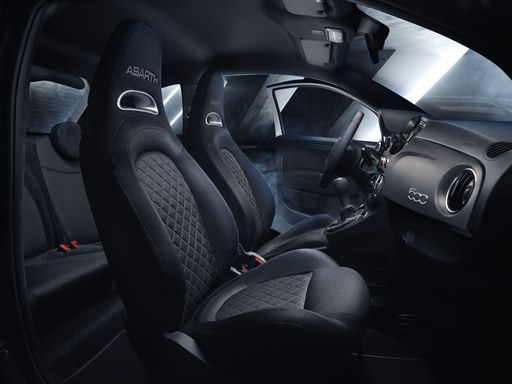 @ Abarth / Stellantis Media
@ Abarth / Stellantis Media
 @ Abarth / Stellantis Media
@ Abarth / Stellantis Media
Toyota Proace Bus
The Toyota Proace Bus offers a versatile and practical solution for those in need of spacious passenger transport combined with a touch of comfort. Its interior is designed to maximise seating capacity while ensuring that both driver and passengers can enjoy a pleasant journey. With its efficient engine options and reliable build quality, this vehicle remains a popular choice for families and businesses alike.
details
 @ Abarth / Stellantis Media
@ Abarth / Stellantis Media
|
|
|
|
|
Costs and Consumption |
|
|---|---|
|
Price
32600 - 39400 £
|
Price
31600 - 61800 £
|
|
Consumption L/100km
-
|
Consumption L/100km
7.3 - 7.4 L
|
|
Consumption kWh/100km
17.1 - 18.8 kWh
|
Consumption kWh/100km
24.2 - 24.4 kWh
|
|
Electric Range
242 - 265 km
|
Electric Range
218 - 343 km
|
|
Battery Capacity
37.80 kWh
|
Battery Capacity
-
|
|
co2
0 g/km
|
co2
0 - 193 g/km
|
|
Fuel tank capacity
-
|
Fuel tank capacity
69 L
|
Dimensions and Body |
|
|---|---|
|
Body Type
Hatchback
|
Body Type
Bus
|
|
Seats
4
|
Seats
5 - 9
|
|
Doors
3
|
Doors
4 - 5
|
|
Curb weight
1410 - 1435 kg
|
Curb weight
1835 - 2140 kg
|
|
Trunk capacity
185 L
|
Trunk capacity
0 L
|
|
Length
3673 mm
|
Length
4983 - 5333 mm
|
|
Width
1682 mm
|
Width
1920 mm
|
|
Height
1518 mm
|
Height
1890 mm
|
|
Max trunk capacity
550 L
|
Max trunk capacity
-
|
|
Payload
370 - 385 kg
|
Payload
825 - 1265 kg
|
Engine and Performance |
|
|---|---|
|
Engine Type
Electric
|
Engine Type
Electric, Diesel
|
|
Transmission
Automatic
|
Transmission
Automatic, Manuel
|
|
Transmission Detail
-
|
Transmission Detail
Reduction Gearbox, Manual Gearbox, Automatic Gearbox
|
|
Drive Type
Front-Wheel Drive
|
Drive Type
Front-Wheel Drive
|
|
Power HP
155 HP
|
Power HP
136 - 177 HP
|
|
Acceleration 0-100km/h
7 s
|
Acceleration 0-100km/h
13.30 s
|
|
Max Speed
155 km/h
|
Max Speed
130 - 170 km/h
|
|
Torque
235 Nm
|
Torque
260 - 400 Nm
|
|
Number of Cylinders
-
|
Number of Cylinders
4
|
|
Power kW
114 kW
|
Power kW
100 - 130 kW
|
|
Engine capacity
-
|
Engine capacity
1997 cm3
|
General |
|
|---|---|
|
Model Year
2023
|
Model Year
2024 - 2025
|
|
CO2 Efficiency Class
A
|
CO2 Efficiency Class
A, G
|
|
Brand
Abarth
|
Brand
Toyota
|
Is the Abarth 500 595 695 offered with different drivetrains?
The Abarth 500 595 695 is offered with Front-Wheel Drive.
The prices and data displayed are estimates based on German list prices and may vary by country. This information is not legally binding.
